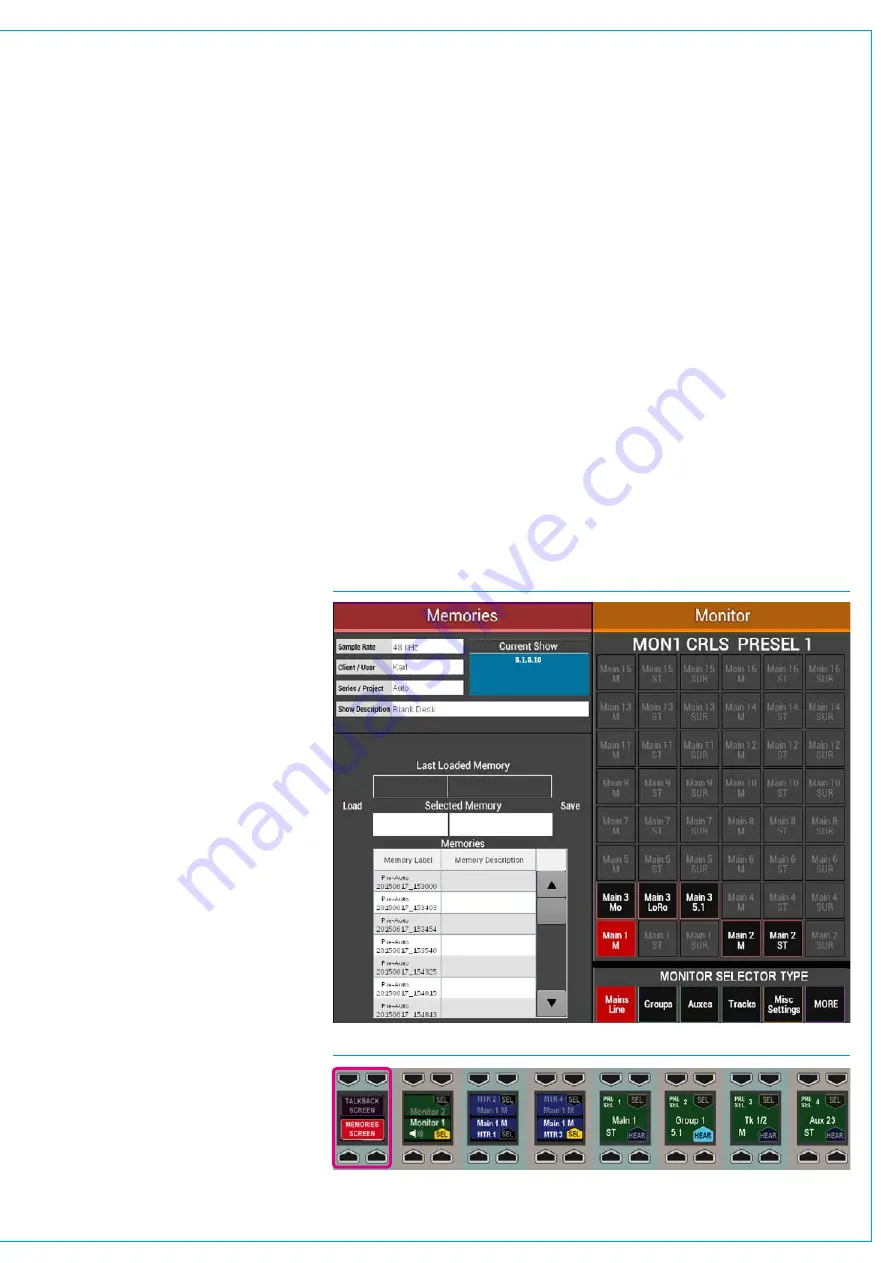
FIG 5 - SURFACE TFT DISPLAY OF PANEL IN MONITOR MODE>MEMORIES
FIG 6 - SURFACE PANEL IN MONITOR MODE - MEMORIES SCREEN SELECT
Savingusermemories
To save a snapshot of the current mix
settings (see Shows and Memories
Overview) within the current show, press
the ‘Save’ button located on the right hand
side of the
>Mem>Load/Save
screen.
The Save Memory dialogue offers the
option to ‘Save As New’, to create a new
memory file, or to ‘Overwrite’, replacing the
currently selected memory.
Note
; the currently selected memory is
the memory highlighted in the available
memories list - it is not necessarily the
last loaded or saved memory. Before
overwriting a memory, it is important to
select the correct one from the list before
pressing ‘Save’. The current selection is
displayed within the save dialogue to allow
confirmation before overwriting.
Loadingusermemories
To recall a previously saved snapshot
of mix settings, select a file from the
memories list on the
>Mem>Load/Save
screen and press ‘Load’.
Backingupanddeletingmemories
Memories can be deleted from a show
by highlighting them in the memories list
on the
>Mem>Load/Save
screen and
pressing ‘Delete Selected Memories’.
Note, multiple memories can be
highlighted by holding the shift or control
key whilst clicking on them. Memories
are not backed up individually, but as part
of the show. See backing up shows and
memories on the previous page.
Orderingthememorylist
The order in which memories are
displayed within the list can be filtered by
any of the columns by clicking on their
headers. A small arrow next to the column
header label shows the current filtering.
Click on the Memory Label header to
ensure they are in alphabetic order by
name.
Memoryload/savewithoutthePC
To reduce reliance on the system PC, and
to increase control from various physical
positions along the control surface, user
memories can also be loaded and saved
from control panels as well as the PC.
The left hand side of the TFT screen of
any panel in Monitor mode can switch
between displaying talkback selection
functions and a memory screen see Fig 5.
The button cell in the bottom left corner
of the Monitor mode panel area switches
the TFT screen above for these functions,
see Fig 6.
TransferringShows/Memories
BetweenConsoles
User shows / memories can be
transferred between mixing consoles of
the same type, for example, an Artemis
Shine User Memory can be transferred
to another Artemis Shine surface and an
Artemis Light User Memory to another
Artemis Light surface.
If a memory is loaded that was created
on a larger control surface, with more
faders, the additional paths are displayed
as virtual faders. The fader setup screen
can then be used to re-organise the paths
onto available physical faders / layers.
Note: Presets are Transferable between
Apollo and Artemis.
Summary of Contents for Artemis
Page 7: ...calrec com Putting Sound in the Picture ARTEMIS INFORMATION ...
Page 11: ...calrec com Putting Sound in the Picture ARTEMIS INTRODUCTION ...
Page 17: ...calrec com Putting Sound in the Picture ARTEMIS CONTROL OVERVIEW ...
Page 29: ...calrec com Putting Sound in the Picture ARTEMIS CONTROL PANEL MODES ...
Page 36: ...36 ARTEMIS Digital Broadcast Production Console Control Panel Modes WILDABLE CONTROLS ...
Page 39: ...calrec com Putting Sound in the Picture ARTEMIS GETTING SIGNALS INTO ARTEMIS ...
Page 69: ...calrec com Putting Sound in the Picture ARTEMIS PROCESSING AUDIO ...
Page 93: ...calrec com Putting Sound in the Picture ARTEMIS ROUTING AUDIO ...
Page 109: ...calrec com Putting Sound in the Picture ARTEMIS PASSING SIGNALS OUT OF ARTEMIS ...
Page 117: ...calrec com Putting Sound in the Picture ARTEMIS MONITORING ...
Page 132: ...132 ARTEMIS Digital Broadcast Production Console Monitoring ...
Page 133: ...calrec com Putting Sound in the Picture ARTEMIS COMMUNICATIONS ...
Page 138: ...138 ARTEMIS Digital Broadcast Production Console ...
Page 139: ...calrec com Putting Sound in the Picture ARTEMIS METERING ...
Page 148: ...148 ARTEMIS Digital Broadcast Production Console ...
Page 149: ...calrec com Putting Sound in the Picture ARTEMIS SHOWS MEMORIES AND PRESETS ...
Page 163: ...calrec com Putting Sound in the Picture ARTEMIS CONSOLE FACILITIES ...
Page 168: ...168 ARTEMIS Digital Broadcast Production Console ...
Page 169: ...calrec com Putting Sound in the Picture ARTEMIS EXTERNAL INTERFACING ...
Page 180: ...180 ARTEMIS Digital Broadcast Production Console External Interfacing ...
Page 181: ...calrec com Putting Sound in the Picture ARTEMIS SYSTEM STATUS ...
Page 184: ...184 ARTEMIS Digital Broadcast Production Console ...
Page 185: ...calrec com Putting Sound in the Picture ARTEMIS GLOSSARY OF TERMINOLOGY ...
Page 191: ...calrec com Putting Sound in the Picture ARTEMIS FEATURES BY SOFTWARE VERSION ...
















































